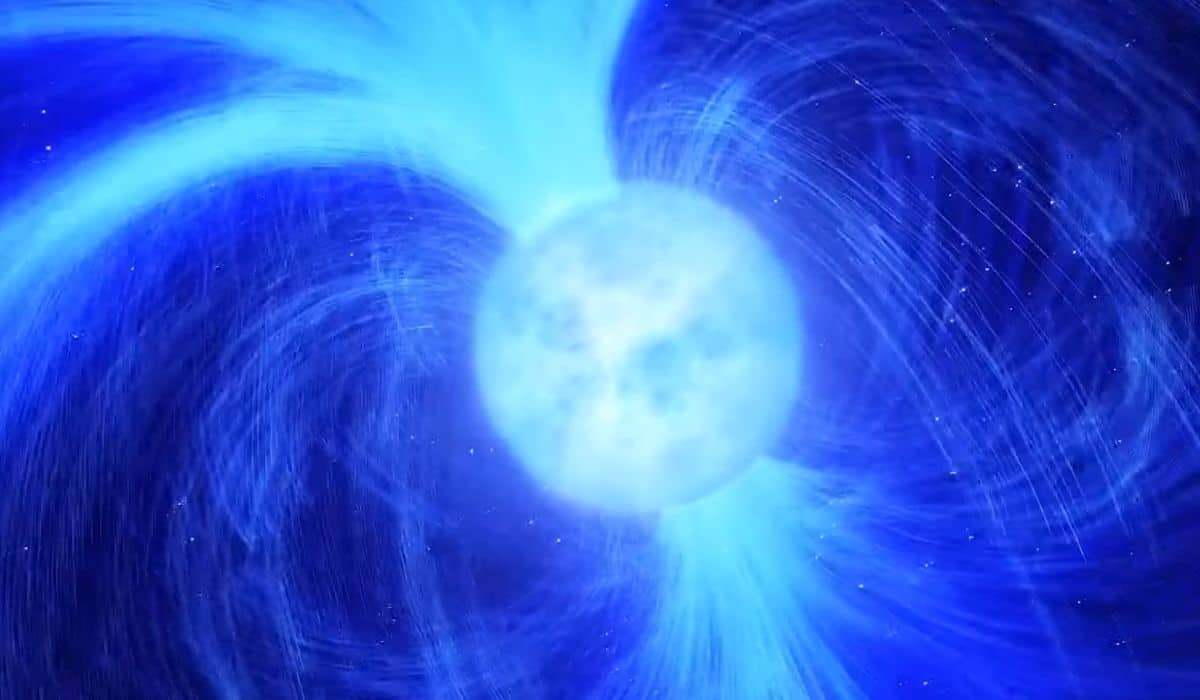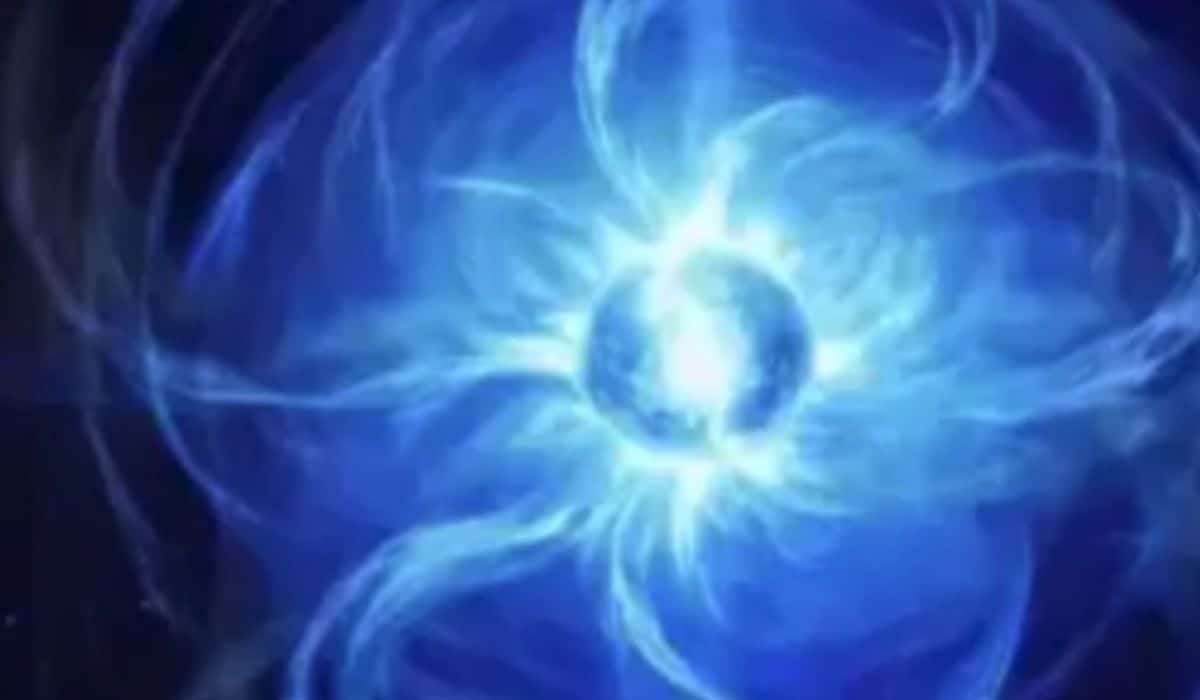Astronomers have unveiled a remarkable discovery: a new class of star that is illuminating our understanding of magnetars, the most powerful magnets in the universe.
Magnetars are incredible entities. They are ultra-dense, deceased stars, boasting magnetic fields of unimaginable strength. You can find these celestial marvels scattered throughout the Milky Way.
While the formation of these magnetars has long puzzled scientists, recent observations are beginning to unravel their mysterious origins. By employing an array of telescopes from around the globe, including facilities from the European Southern Observatory (ESO), researchers have identified a living star with a future seemingly destined to become a magnetar.
This revelation isn’t just about one star’s potential transformation. It signifies the identification of an entirely new category of astronomical bodies: massive magnetic helium stars. This breakthrough is shedding invaluable light on how magnetars, these cosmic enigmas, might originate.
The star at the center of this discovery, HD 45166, has its own enigmatic history. Despite being observed for over a century, conventional models struggled to provide a satisfying explanation for its unique characteristics. What scientists did know was fairly limited: it is one of two companion stars, it has a rich helium content, and its mass outstrips our Sun by several times.
For Tomer Shenar, the lead author of the study and an astronomer at the University of Amsterdam in the Netherlands, this star has become more than just a research subject—it has turned into a ‘bit of an obsession.’
This discovery not only marks a milestone in our understanding of stars but also presents a tantalizing clue in the quest to understand one of the universe’s most extreme and mysterious phenomena: magnetars.
You might say there’s a new “zombie” among the stars. That’s how co-authors Tomer Shenar and Julia Bodensteiner, the latter from ESO in Germany, lovingly refer to HD 45166. This unique star, which had puzzled astronomers for years, seems to turn Tomer into a “zombie,” Julia quipped. It’s found about 3,000 light-years away in the Monoceros constellation.
Magnetic fields shape the behavior of stars, and this might be why conventional theories couldn’t quite pin down HD 45166’s characteristics. But the researchers have made a groundbreaking realization. According to their study, this star possesses an immensely powerful magnetic field, placing it among the most magnetic stars we know.
Pablo Marchant from KU Leuven’s Institute of Astronomy in Belgium weighed in, saying the star’s surface is comparably magnetic to our most potent human-made magnets. The evidence points to HD 45166 being the first-ever identified massive magnetic helium star.
Tomer Shenar expressed his exhilaration, mentioning how thrilling it is to discover a new class of astronomical objects, especially when they’ve been right under our noses.
Published in the journal Science, these findings don’t just introduce us to a new type of star but also offer vital clues about the birth of magnetars. These are compact, dead stars wrapped in magnetic fields exponentially more potent than HD 45166’s.
Piecing the data together, the researchers believe that HD 45166’s destiny is to become a magnetar. As it surrenders to its own gravitational pull, its magnetic field will intensify. The star will then morph into an extraordinarily compact core, ultimately becoming the universe’s mightiest magnet.







































